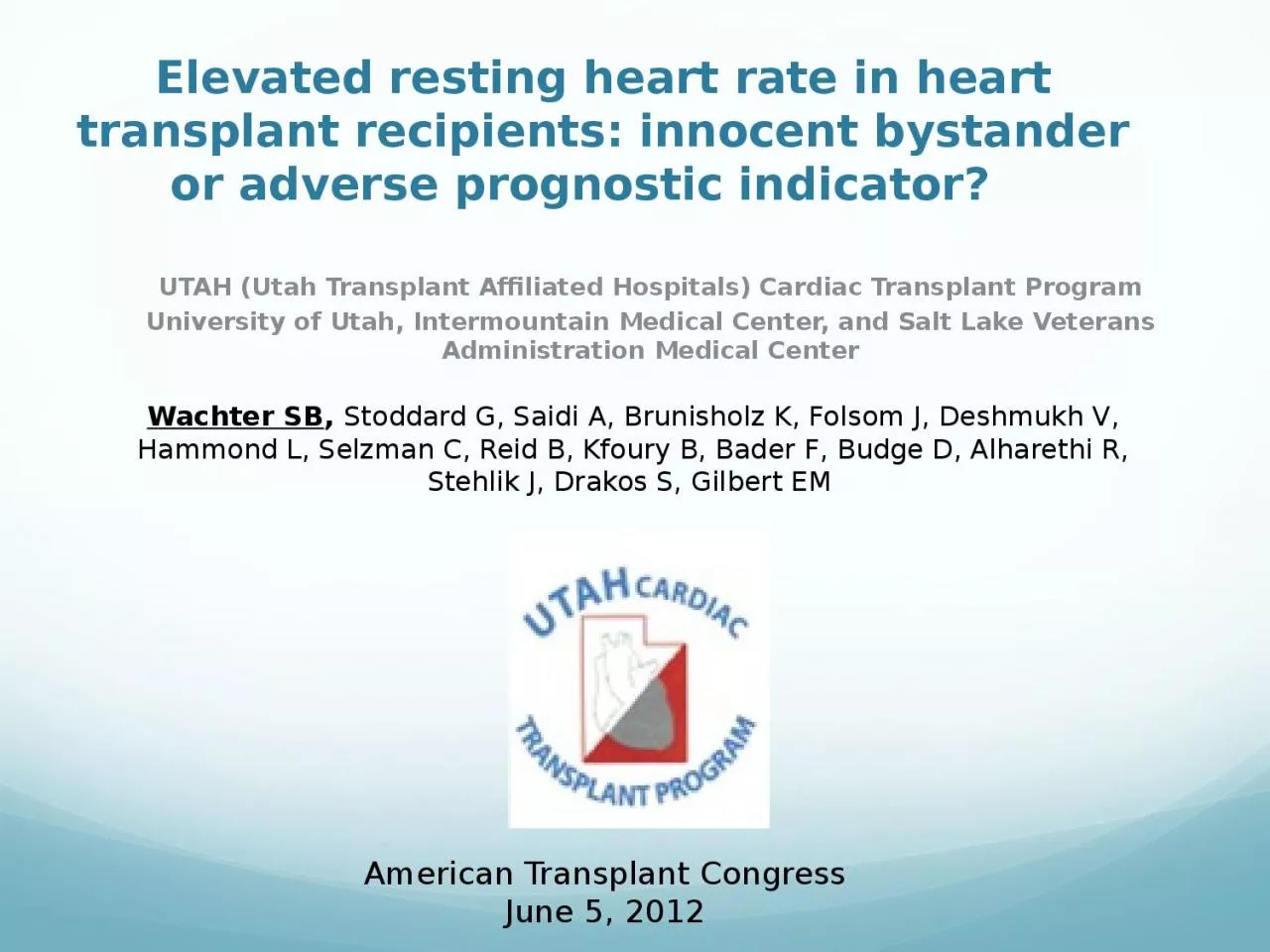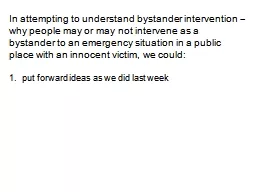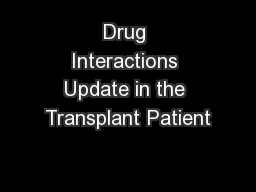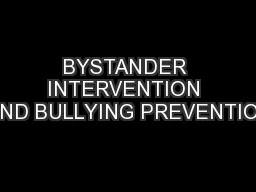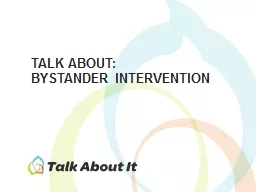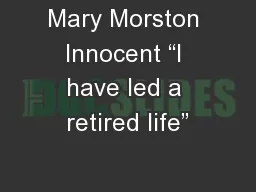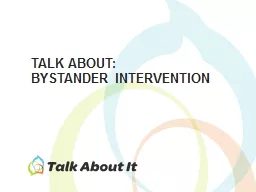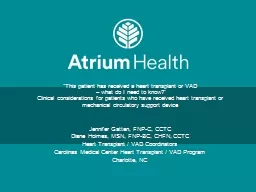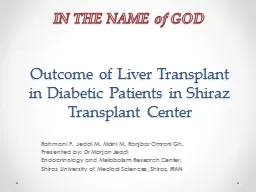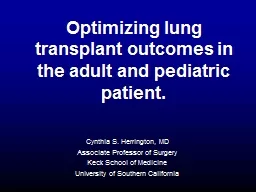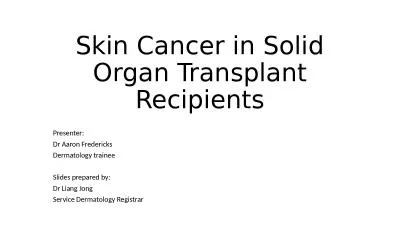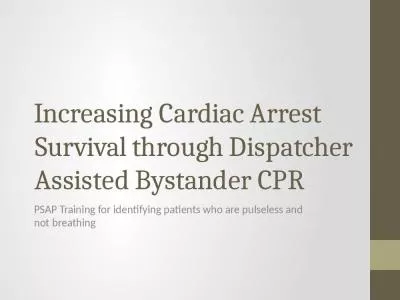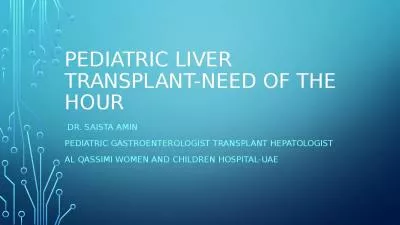PPT-Elevated resting heart rate in heart transplant recipients: innocent bystander or adverse
Author : TropicalDelight | Published Date : 2022-07-28
UTAH Utah Transplant Affiliated Hospitals Cardiac Transplant Program University of Utah Intermountain Medical Center and Salt Lake Veterans Administration Medical
Presentation Embed Code
Download Presentation
Download Presentation The PPT/PDF document "Elevated resting heart rate in heart tra..." is the property of its rightful owner. Permission is granted to download and print the materials on this website for personal, non-commercial use only, and to display it on your personal computer provided you do not modify the materials and that you retain all copyright notices contained in the materials. By downloading content from our website, you accept the terms of this agreement.
Elevated resting heart rate in heart transplant recipients: innocent bystander or adverse: Transcript
Download Rules Of Document
"Elevated resting heart rate in heart transplant recipients: innocent bystander or adverse"The content belongs to its owner. You may download and print it for personal use, without modification, and keep all copyright notices. By downloading, you agree to these terms.
Related Documents

